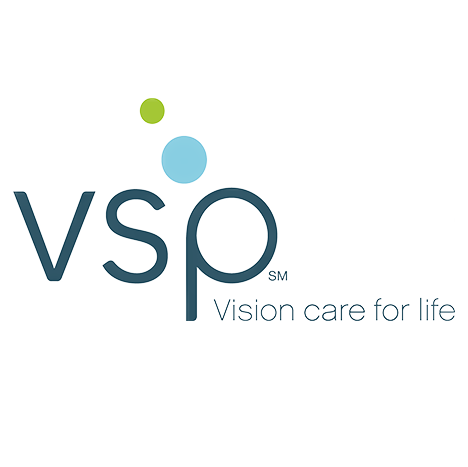What is Dry Eye Syndrome?
Dry Eye Syndrome, also known as Ocular Surface Disease (OSD), is the most common eye disorder, affecting about 20% of the population. It is caused when one or all of the components of the tear film are not in balance. Clogged oil glands along both upper and lower lid margins contribute to 86% of ocular surface disease progression and dry eye. Poor lacrimal gland function further reduces the prodution of our "emergency eye wash tears." Damage to our goblet cells that reside in the tissue near our iris can reduce the output of our mucous tears which help nourish and protect our sight. Understanding the complex makeup of our tears is important in devising a proper treatment approach to solving OSD. We have cutting edge diagnostic and treatment technology to assess and manage every level of OSD.
What are the symptoms?
The most common symptoms of Dry Eye Syndrome include:
- Redness
- Irritation
- Scratchiness
- Burning
- Watery Eyes
Advanced dry eyes may damage the front surface of the eye and impair your vision. Depending on the severity of your symptoms, we have effective treatment solutions for OSD.
What are the risk factors?
Dry Eyes can develop for many of the following reasons:
- Age (a majority of people 40 and higher experience symptoms of dry eye)
- Gender (women are more likely to develop dry eyes due to hormonal changes)
- Medications (i.e., antihistamines, decongestants, blood pressure medications, and antidepressants can reduce tear production)
- Environmental conditions (i.e., screen time, exposure to smoke, wind, dry climates can increase tear evaporation and failure to blink can also contribute to dry eyes)
- Long-term use of contact lenses
- Refractive eye surgeries
How is Dry Eye Treated?
We start with a full examination and carefully examine the ocular surface with specific diagnostic equipment to determine which area of the tear film are in distress. Our doctors will then formulate an initial treatment plan which may include the following:
- Lid margin hygiene to encourage better oil gland production
- Discussion of supplements that may be beneficial
- Possible prescription eye drop medication
- TempSure Envi procedures to revitalize the oil glands along the lid margins
- ICON IPL (intense pulse light therapy) to reduce redness and vessel inflammation around the eyes and Demodex eradication
- Amniotic membrane technology
- Scleral lenses
- Autologous serum eye drops
- Or a combination of some of these strategies
Radio frequency treats dry eye by stimulating clogged tear glands.The oil producing tear glands reside along the upper and lower eyelids. These glands become blocked over time and lose their ability to produce the rich oil layer of the tear film. When this happens the eyes start to feel dry, irritated, burning and red. Over time these plugged glands can lead to atrophy (death of the glands), lid laxity and ocular surface disease and dry eye. As this condition worsens it can impact the ability to see clearly. This non-invasive treatment utilizes radio frequency technology to safely and effectively treat dry eyes and dermatochalasis (droopy eyelids) for a smoother, healthier-looking appearance. Best of all, there is no surgery or down time!
ICON IPL (intense pulses of light therapy) is an innovative treatment for ocular rosacea and dry eye. Initially found to be beneficial for treating facial rosacea for the past 20 years it has been more recently used in the dry eye field.
Countless studies show its effectiveness at reducing fine ocular rosacea along the upper and lower lid margins.Minimizing these pro-inflammatory vessels in the eyelids reduces the expression of toxic mediators that cause further destruction of the oil glands in the eyelids. Utilizing this technology is a game changer in treating ocular surface disease and dry eye.






